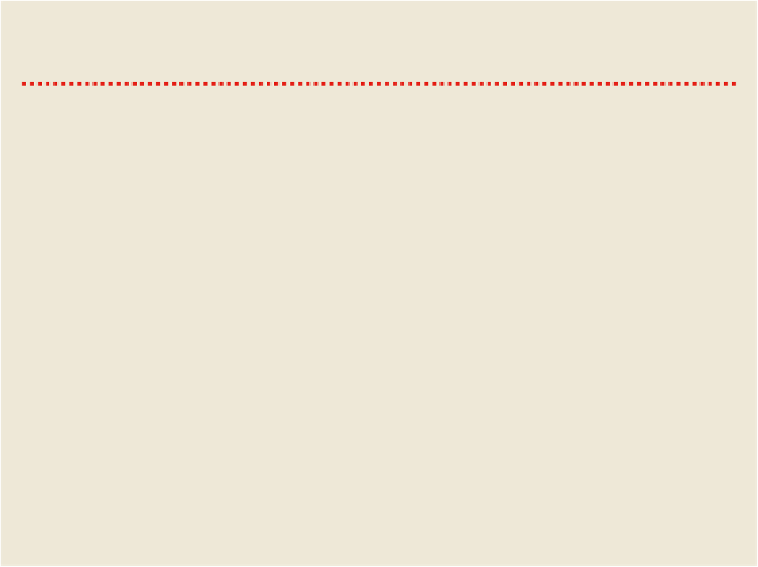Travel Reference
In-Depth Information
( Th Charoen Meuang; daylight hrs)
Across from the post office within the old city, Wat
Phra Baht Ming Meuang combines two formerly separate temple compounds (one of
which contains a
museum
that is sporadically open), a Buddhist school, an old
chedi,
an un-
usual octagonal drum tower made entirely of teak and the highly revered Phra Kosai,
which closely resembles the Phra Chinnarat in Phitsanulok.
DON'T MISS
PHRAE'S ANTIQUE HOUSES
The lucrative teak trade led to Phrae being home to more than its fair share of beautiful antique mansions. Some
that visitors can peek inside include:
storey teak house of the last prince of Phrae has been converted into a private museum. It was constructed
between 1897 and 1907 for Luang Phongphibun and his wife Chao Sunantha, who once held a profitable teak
concession in the city. Inside, many of the house's 20 rooms display late 19th-century teak antiques, documents
(including early 20th-century slave concessions), photos and other artefacts from the bygone teak-dynasty era.
Pratubjai House
(admission 40B; 8am-5pm) Known in Thai as Baan Pratubjai (Impressive House), this is a
large northern Thai-style teak house that was built using more than 130 teak logs, each over 300 years old. It's
rather tackily decorated, so don't take the moniker 'impressive' too seriously. Pratubjai House is somewhat diffi-
cult to find; your best bet is to exit at the west gate of the former city wall and follow the signs, turning right after
the school. A săhm·lór here should cost about 60B.
beautiful teak mansion is thought to have been built in 1898 by Cantonese artisans. Efforts are being made to turn
the house into a museum, although at research time the work was far from complete.
this imposing building, sporting a mixture of Thai and European architectural styles, was the home of the final
Lord, or Chao Luang, of Phrae. The structure subsequently served as a governor's residence, and is today a mu-
seum on local history, although there's no English. Ask to see the basement, which was used to punish and house
slaves and prisoners.
Outside of Town
Phae Meuang Phi
( off Rte 101; 6am-6pm)
The name Phae Meuang Phi means 'Ghost-Land', a referen-
ce to a strange geological phenomenon in which erosion has created bizarre pillars of soil
and rock that look like giant fungi.
NATURE RESERVE













